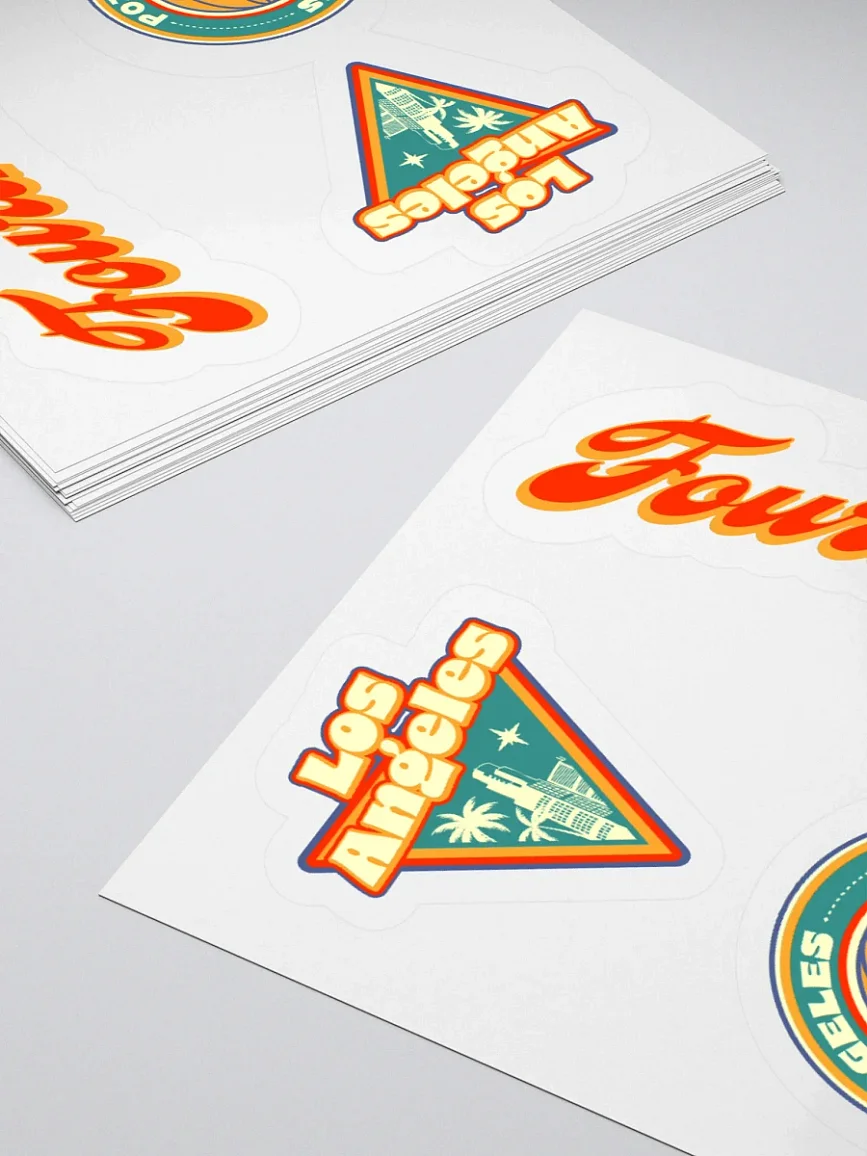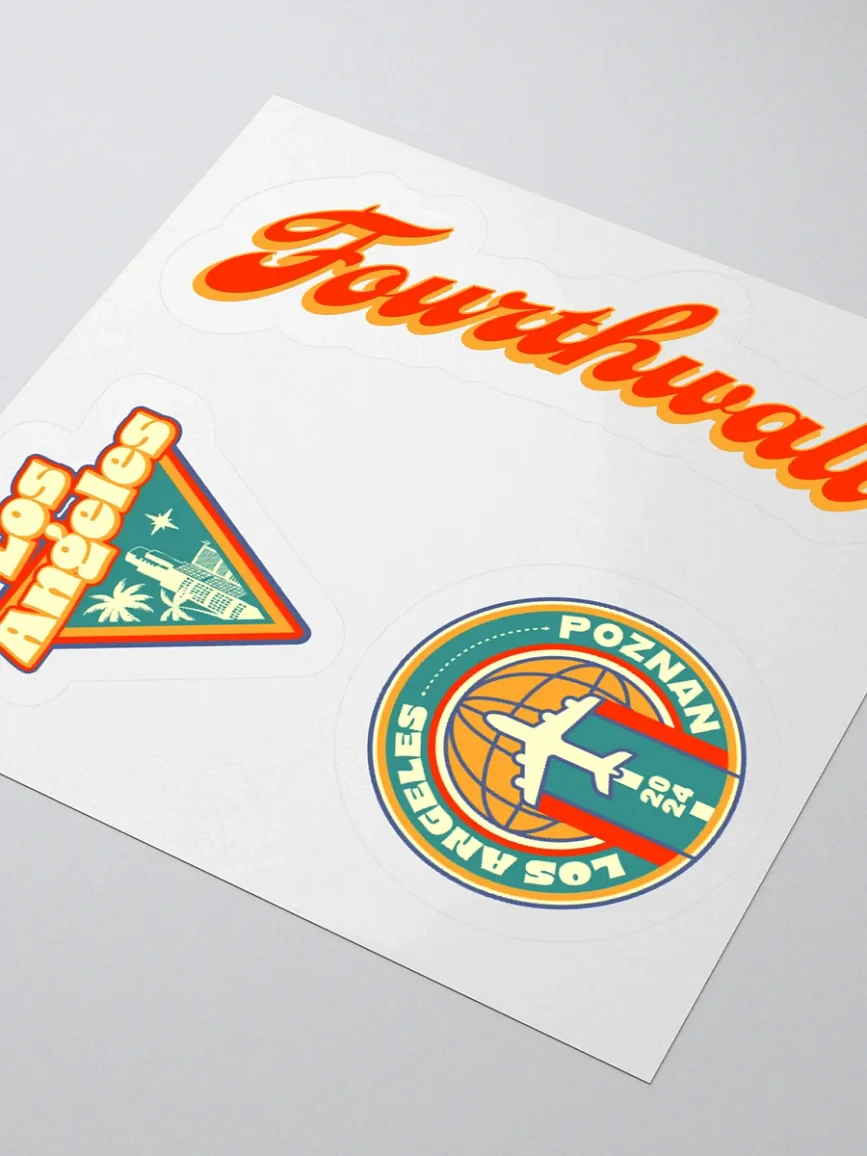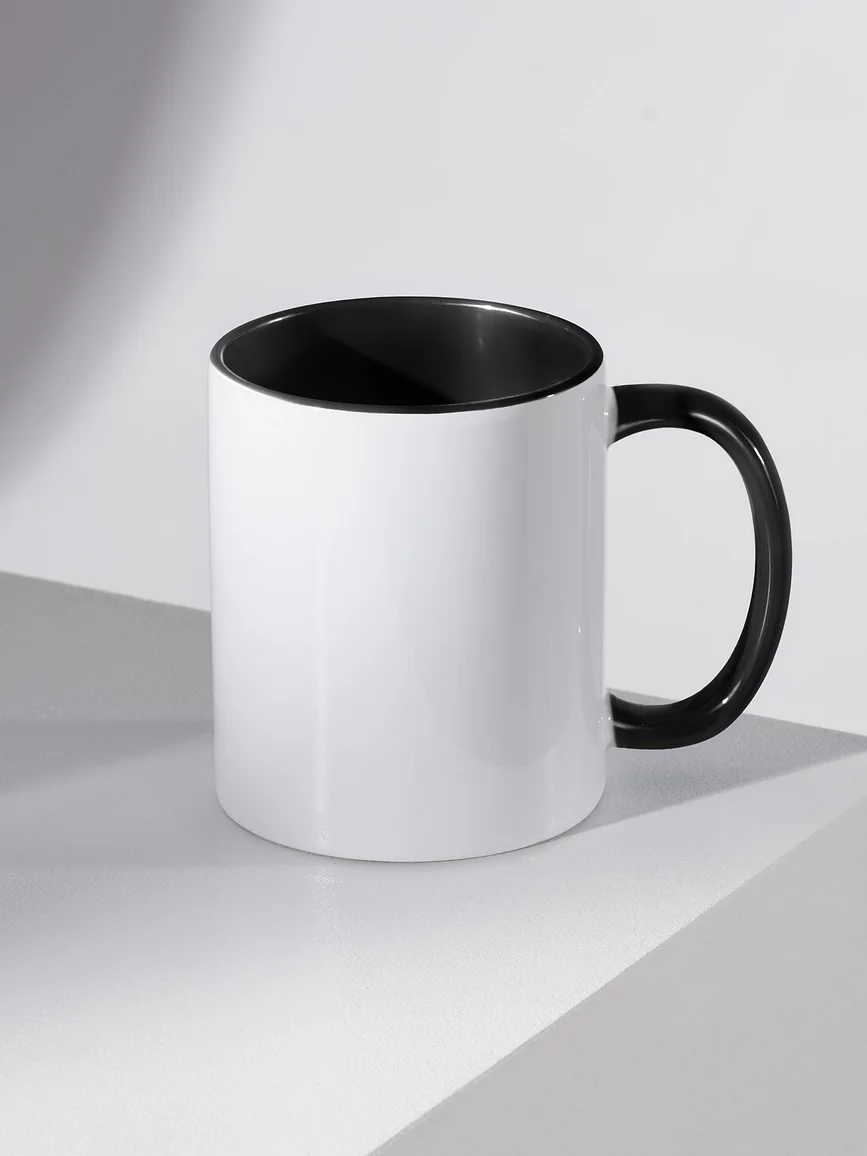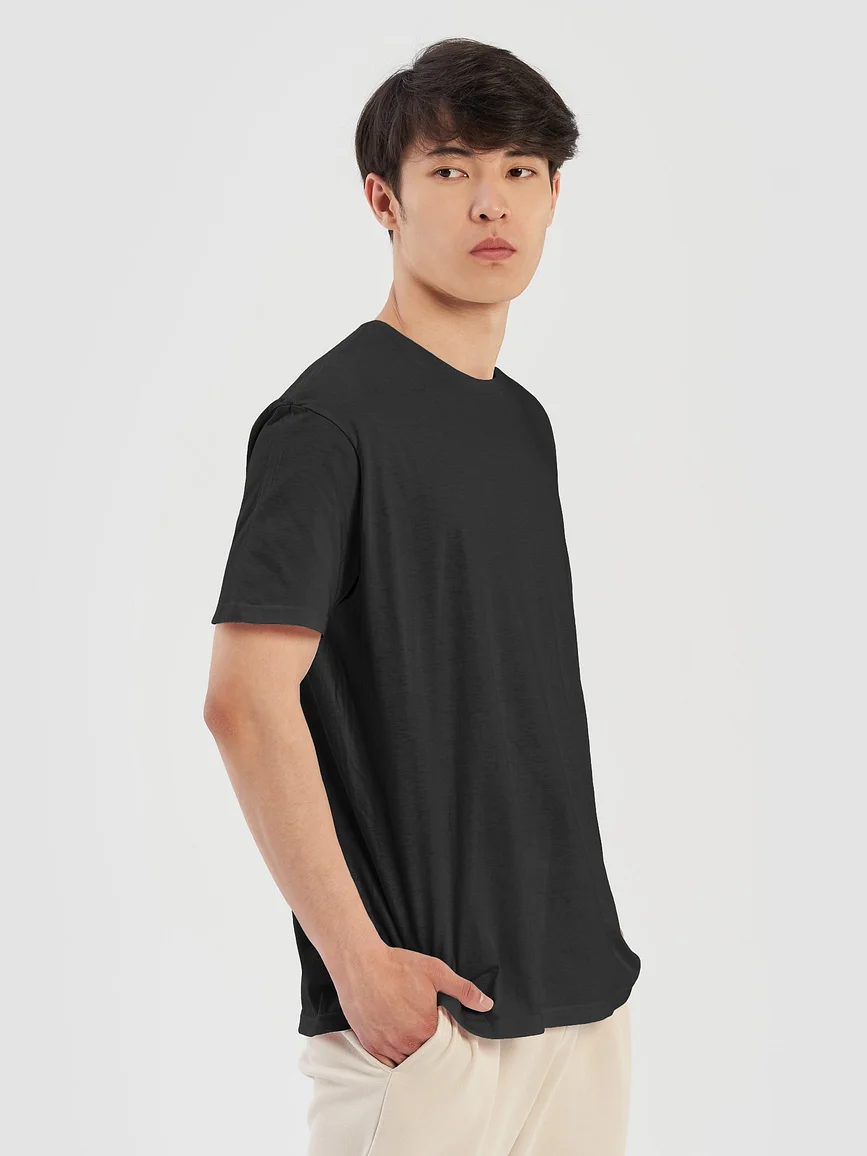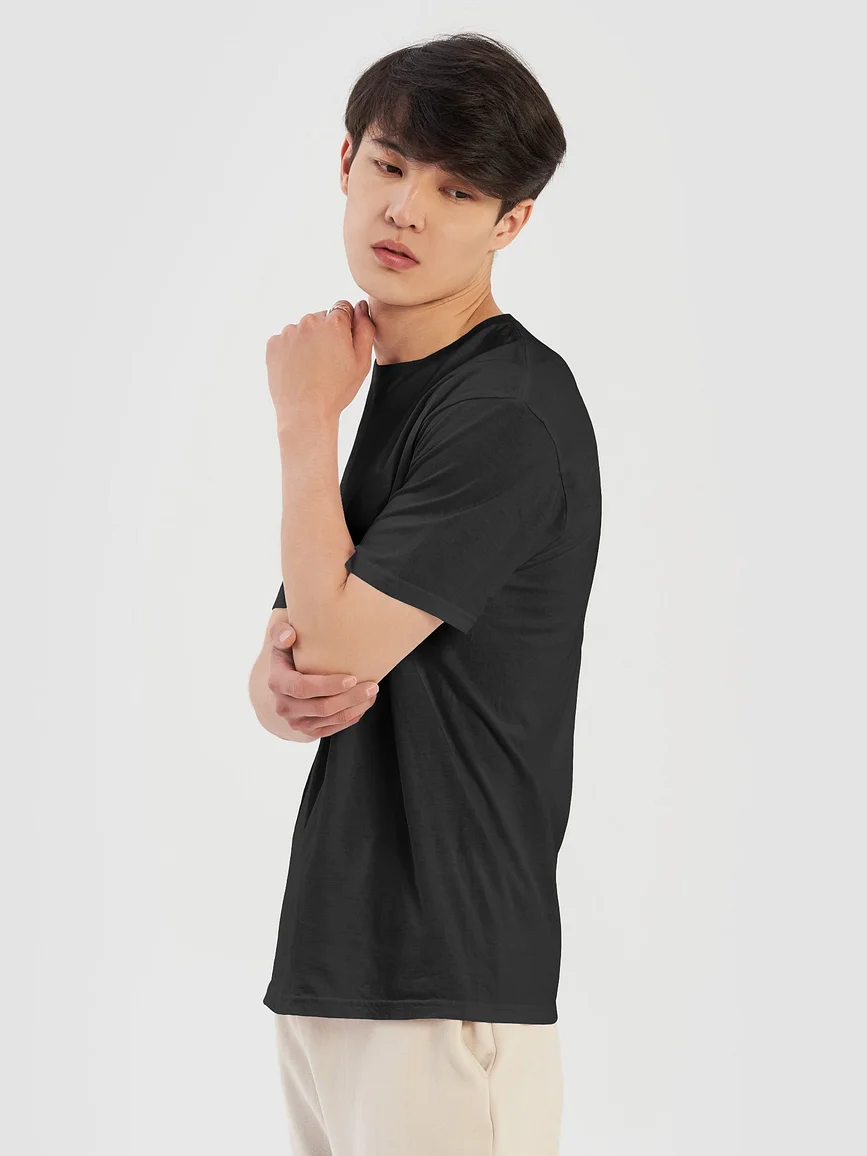Know Your Merch: Digital Printing vs. Screen Printing

Custom T-shirts have become a ubiquitous form of expression, showing off messages, images, memes, and brands that reflect our personalities and preferences, and sometimes even rep our work, projects, or goals. But before pressing that “print” button, you've got an important choice to make: digital print or screen print?
Digital printing and screen printing each have advantages and limitations that impact the quality, price, and level of customization of your T-shirts, and it's important to know each method's benefits and limitations before you order up your brand new printed apparel. So let's explore the differences between digital printing and screen printing, and help you decide which one will really let you and your customers rock those fits!
What Is Digital Printing?
Digital printing is a relatively new technology that allows for high quality, full-color prints without needing the complexity of screens, stencils, or additional setup costs. The simplified process of digital printing involves 3 steps:
- Preparing the surface: The fabric is pretreated with a special solution to help the ink adhere to the fabric's fibers.
- Digitally transferring the design: The artwork is created on a computer, and then printed directly onto the fabric using specialized inkjet or laser digital printers.
- Curing the print for durability: The printed fabric is passed through a heating machine that dries and sets the ink, making it resistant to washing, fading, and cracking.
Digital printing is ideal for short runs, complex designs, and photographic prints, as it allows for precise details and vibrant colors. However, digital printing isn't as cost-effective as screen printing if you're ordering large quantities, and the digital printing ink may not last as long on darker fabrics.
Two specific methods of digital printing are DTG (Direct to Garment) and DTF (Direct to Film), which you can read more about in this Fourthwall blog!
Pros and Cons of Digital Printing
Digital printing might be your best choice if you're a creator just starting your merch game! Here's a quick breakdown of its pros and cons:
Pros:
- Sharp and clear prints: Digital printing works beautifully at capturing fine details and a large number of colors in your design, making it ideal for logos, text-heavy prints, or intricate graphics.
- Speed: Need merch fast for an upcoming event? Digital printing offers a quicker turnaround time than screen printing, especially for smaller orders.
- Cost effectiveness: Setting up for digital printing is relatively inexpensive. This makes it a budget-friendly option for small-scale T-shirt and apparel production.
- Consistency: Digital printing works well to produce consistent color and quality across prints, minimizing the risk of variations.
Cons:
- Color matching can be challenging: Matching specific shades such as Pantone colors can be tricky with digital printers.
- Durability concerns: Depending on the ink and fabric, digitally printed designs might not be as durable as screen-printed ones, especially after multiple washes.
- Cost inefficiency for large orders: While cost-effective for small batches, digital printing can become expensive for bulk orders compared to screen printing.
- Not very scalable: Scaling your design size up or down with digital printing might require adjustments to maintain quality; it's generally better to start with a larger file size of your original design.

What Is Screen Printing?
Screen printing is a traditional technique that dates back to ancient Chinese and Japanese cultures and involves applying ink through a stenciled mesh screen onto a substrate, such as fabric, paper, or plastic.
These are the basics of screen printing:
- Creating the design stencil: The design is printed onto a transparent film, placed onto a mesh screen (hence the name "screen printing") that's coated with light-reactive emulsion. When the screen and emulsion are exposed to a bright light; the light hardens the emulsion and reveals the design on the screen to create the stencil.
- Printing the design: The stencil is placed onto the screen printing press, and the design is pressed onto the garment or other product by pushing the printing ink through the stencil with a squeegee, which results in the design being printed onto the item.
- Drying and finishing the product: The screen printed garment is put into a dryer to cure the ink and create a smooth finish; sometimes it's also washed afterwards to remove any residue.
While screen printing requires more setup time and more manual labor, it offers several benefits that make people choose it over digital printing. To learn even more about the screen printing process, check out this Fourthwall article!
Pros and Cons of Screen Printing
Screen printing is a classic technique for custom apparel, but is it right for you? Let's explore screen printing's strengths and weaknesses:
Pros:
- Color intensity and precision: Screen printing delivers vibrant, opaque colors that really pop, especially on dark fabrics. Need your apparel to really stand out? Screen printing is your go-to!
- Special textures and effects: Screen printing allows for unique effects like metallic inks, puff prints, and textured ink finishes, adding a cool extra dimension to your T-shirts and other apparel.
- Good budget-wise for very large, high-volume orders: If you're looking to do a large run of garment printing, screen printing can be more economical in the long run.
Cons:
- High initial setup costs: Unlike digital printing, screen printing requires creating individual screens for each color in your design. The screen printing process can be expensive, especially for complex designs with multiple colors. Printing one-off screen printed items is also generally more pricey.
- Limited design flexibility: Screen printing isn't ideal for designs with intricate details or photographs; since each ink color needs a separate screen, complex designs become more costly and time-consuming to produce.
- Depth of color limitations: Color matching, color blending, or certain gradients may not work well with screen printing if you're looking to print a very detailed or photography-based design.

How to Choose
As a creator, you now have two awesome printing tools in your custom apparel arsenal! But which one - digital printing or screen printing - reigns supreme? Here are some key factors to consider:
Cost-effectiveness:
- Small orders: Digital printing wins for smaller batches.
- Large orders: Screen printing becomes more cost-effective for bulk quantities.
Design complexity:
- Simple designs: Both methods work well for simple designs and bold text.
- Detailed designs: Digital printing excels at capturing intricate details.
Fabric compatibility:
- Digital printing: Works well on a variety of fabrics, especially synthetics.
- Screen printing: Works best on natural fibers like cotton.
Production quantity:
- Small batches: Digital printing offers a quicker turnaround.
- Large quantities: Screen printing offers a more cost-efficient solution.
Environmental impact:
Both methods have do environmental impacts to consider, so research the inks and printing processes used if you're looking to make a more informed choice.

Achieve Printing Perfection with Fourthwall!
Learning about all the pros and cons of digital and screen printing is such useful info to have in your toolbox when you're looking to create and sell your own custom T-shirts and other printed apparel! By keeping in mind factors like cost, design complexity, fabric and ink compatibility, and production quantity, you can choose the printing method that best translates your creative idea into high-quality goods that your fans and customers will love.

Fourthwall provides a wealth of tools and resources to streamline your print apparel creation process, allowing creators to seamlessly design products, select the most suitable printing methods, launch products effortlessly, and gain valuable insights about your site, customers, and sales through comprehensive analytics. With Fourthwall, bringing your creative vision and custom merch to life in your own online store has never been easier. Get started today!








